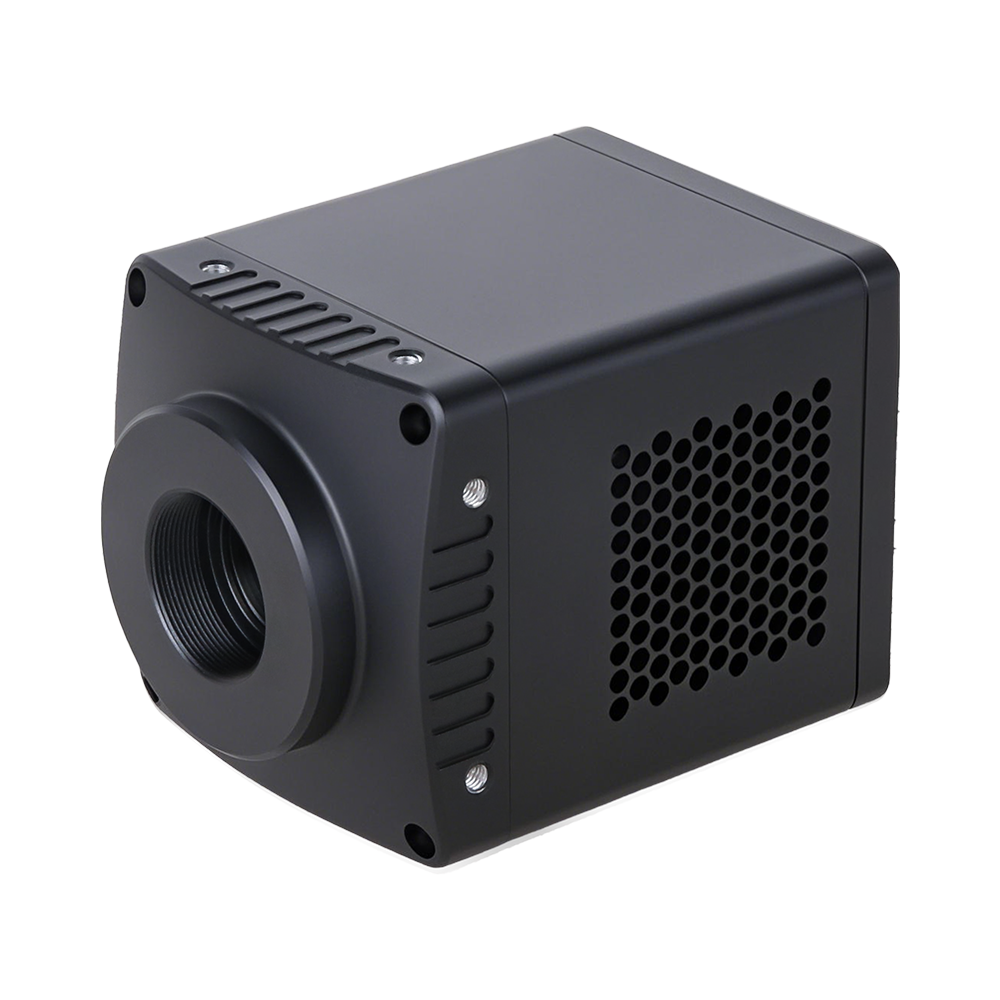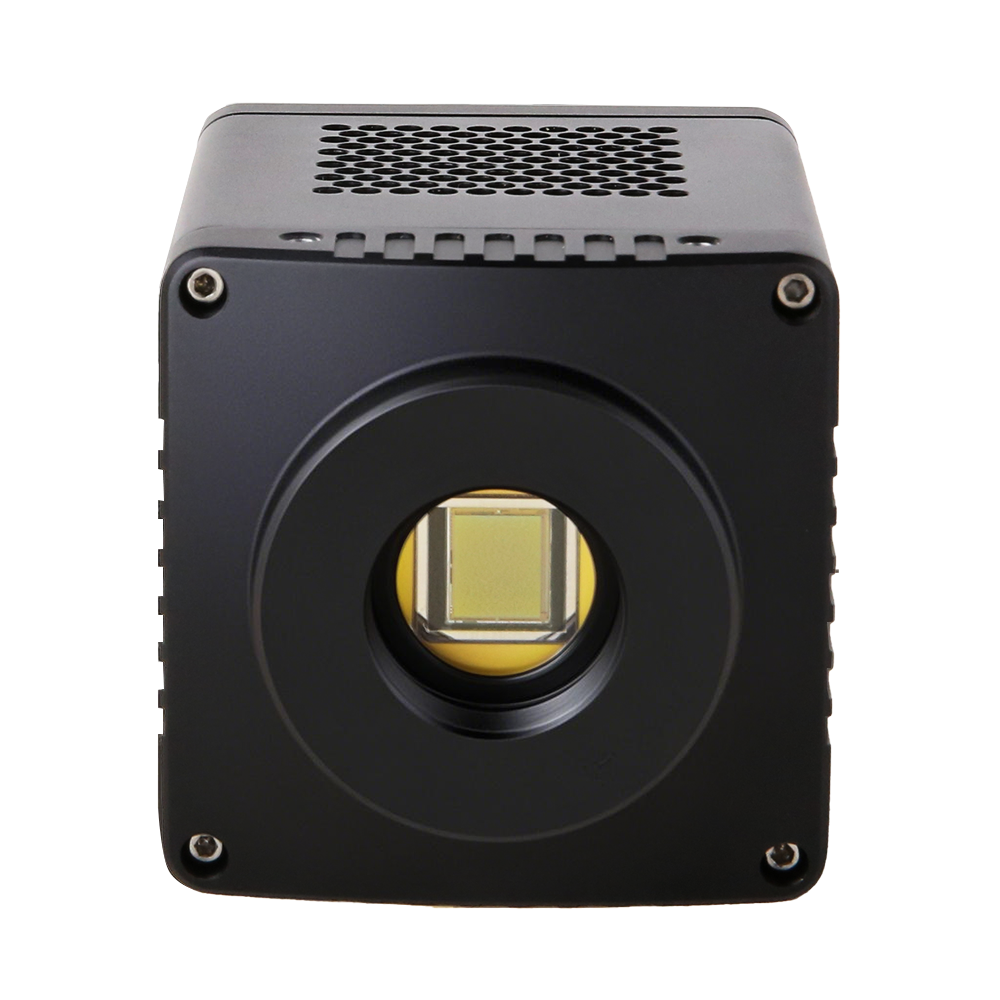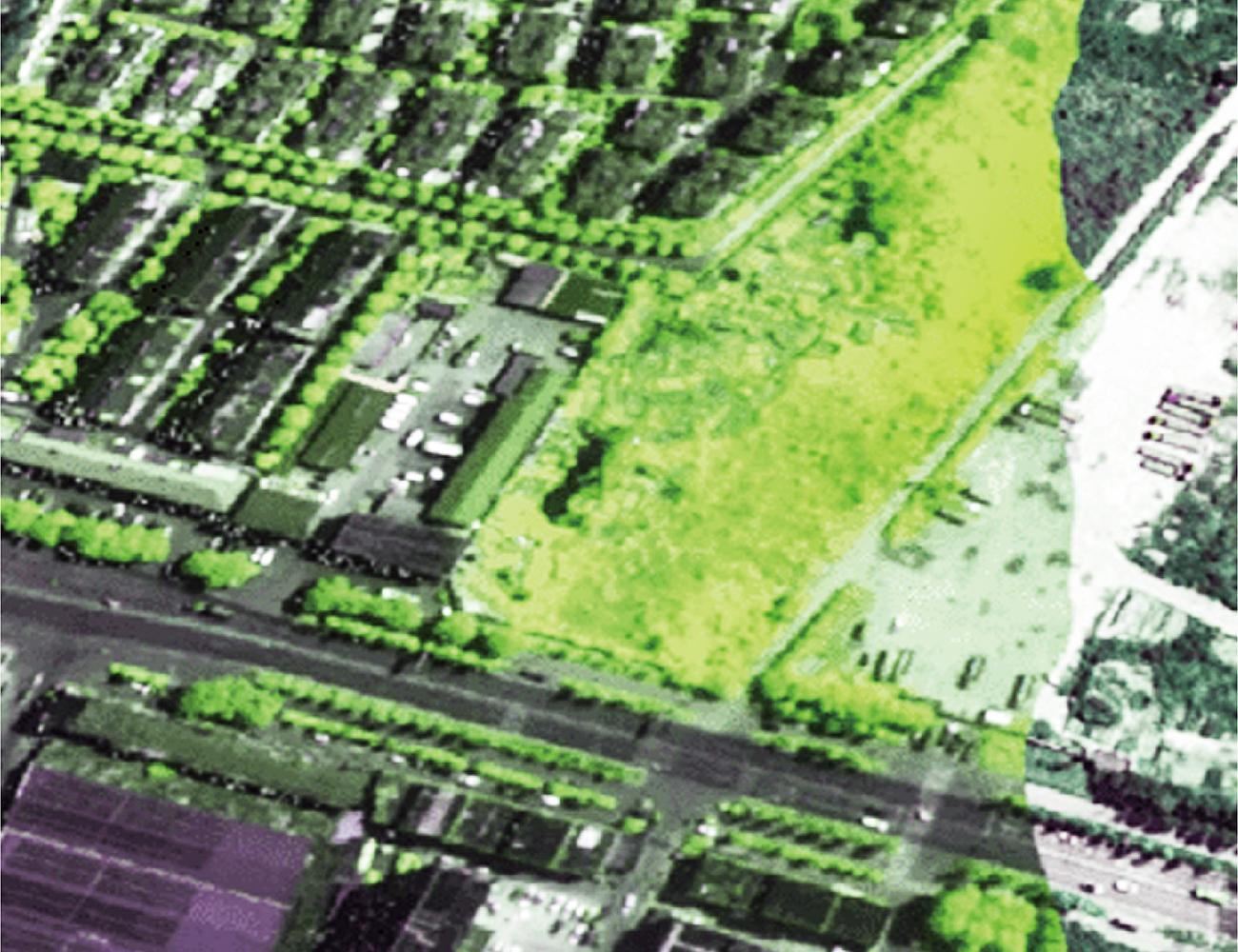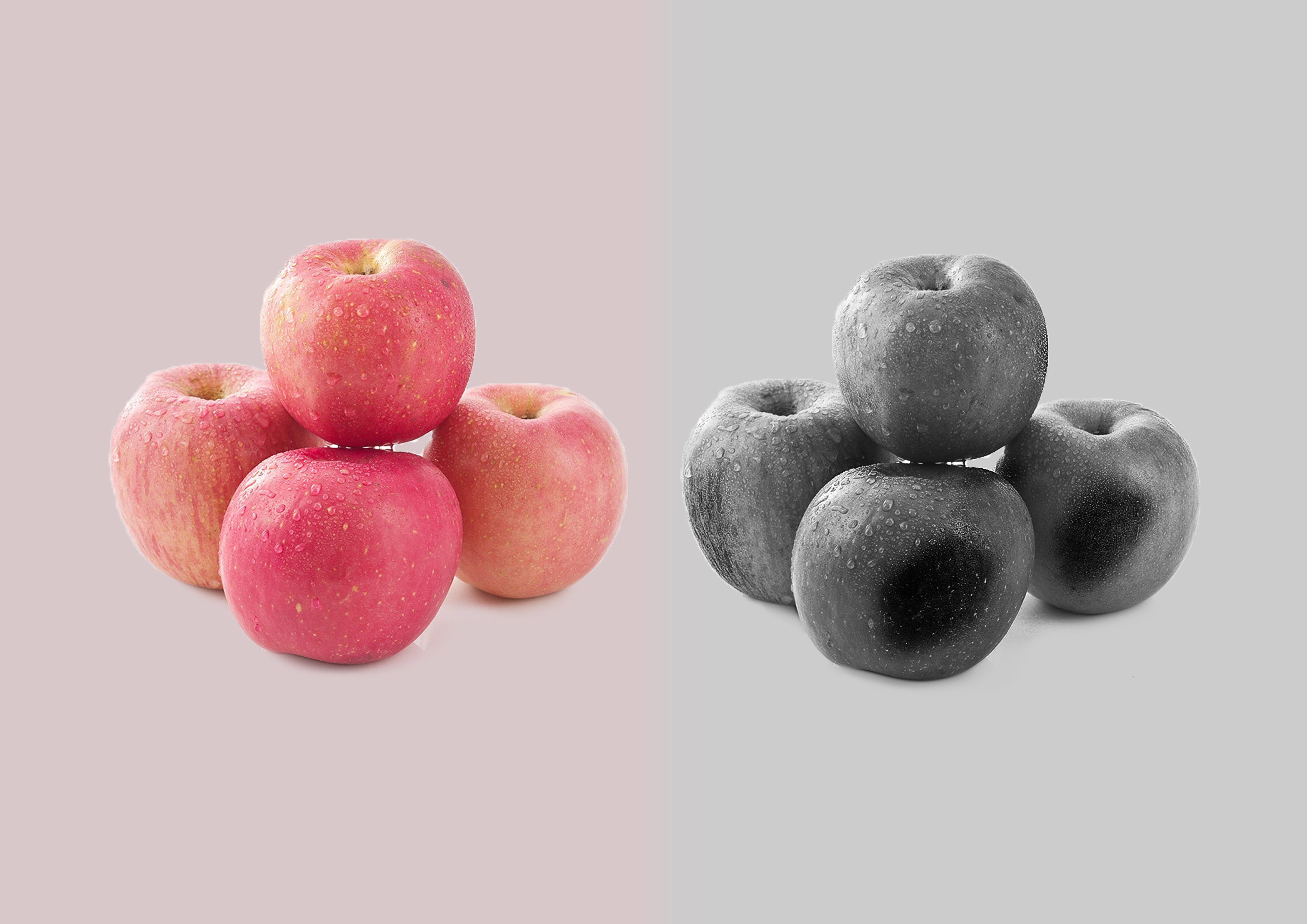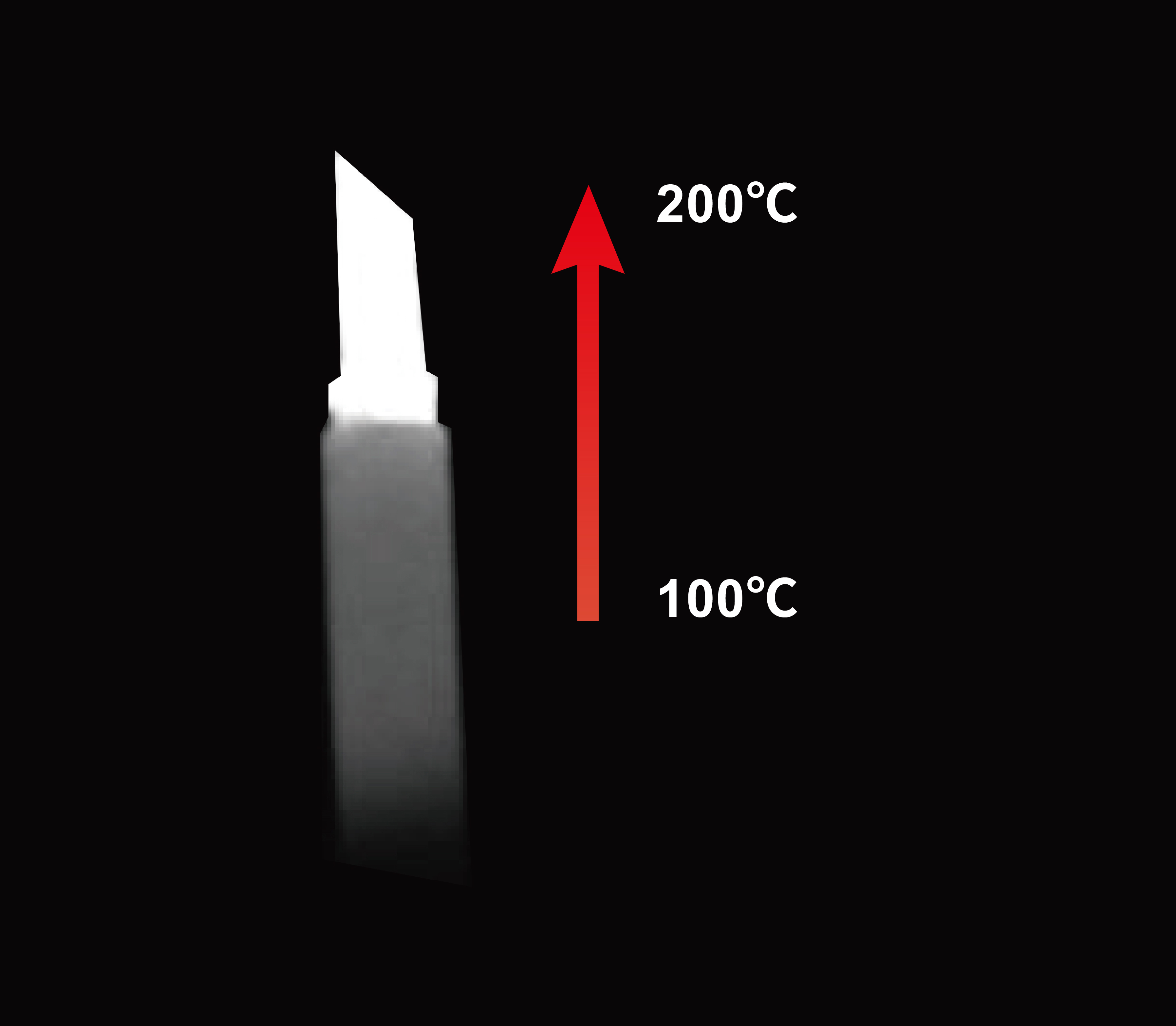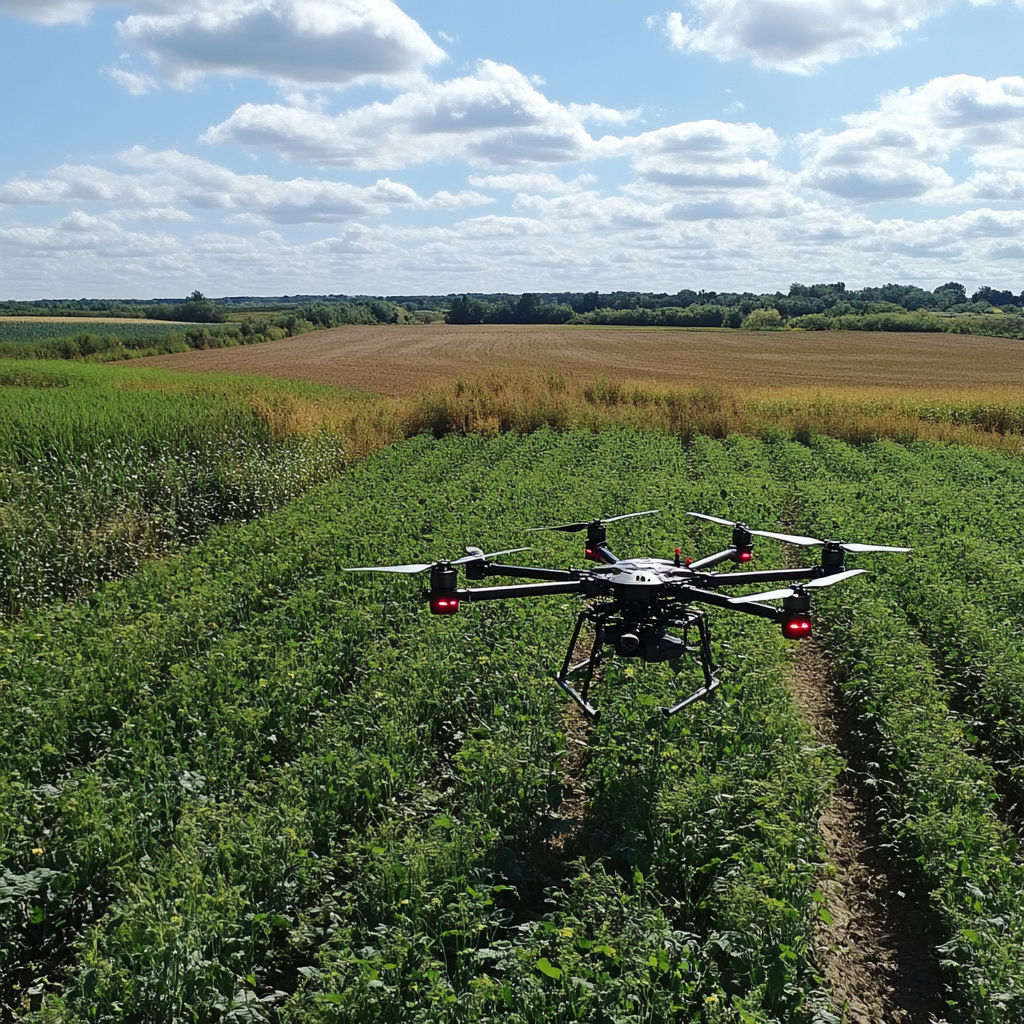300–1700 nm | China-made SWIR CQD (Colloidal Quantum Dots) | USB3 | Cooled | Short-Wave Infrared Camera
Product Introduction
The CQD series cooled short-wave infrared cameras utilize innovative colloidal quantum dot material sensors that breakthrough traditional InGaAs limitations, achieving ultra-wide spectral response from 300–1700 nm. Integrating deep TEC cooling systems significantly enhances low-light and long-exposure imaging capabilities. Supporting USB3.0 high-speed interface with high sensitivity, low noise, global shutter, and rich I/O interfaces, these cameras are widely applied in innovative fields such as scientific research, medical imaging, and semiconductor inspection.
Product Features
- 300–1700 nm wide-spectrum CQD colloidal quantum dot sensor
- Deep TEC cooling design with low noise performance
- High sensitivity, global shutter
- USB3.0 high-speed data interface
- High frame rates with multi-platform SDK support
- Rich I/O interfaces supporting external triggering
- 4 Gb memory
- Field firmware upgrade and OEM customization support
Product Models
Optional 800–1700/400–1700 | CQD Series | USB 3.0 Cooled 300–1700 nm Colloidal Quantum Dots SWIR Camera
| Product Model | Sensor | Resolution | Pixel Size | Spectral Range | Frame Rate | Data Interface | Dynamic Range | Actions |
|---|---|---|---|---|---|---|---|---|
| SWIR334KMB-U110 |
China-made 640×512 (CQDs)
9.60 mm × 7.68 mm
|
0.33 MP (640×512) | 15 µm × 15 µm |
800–1700 nm
|
110 fps@640×512
|
USB3 |
71.6 dB
|
View Details |
| SWIR335KMB-U200 |
China-made 640×512 (CQDs)
9.60 mm × 7.68 mm
|
0.33 MP (640×512) | 15 µm × 15 µm |
400–1700 nm
|
200 fps@640×512
|
USB3 |
-
|
View Details |
Frequently Asked Questions
Learn more about CQD SWIR colloidal quantum dot short-wave infrared camera technology
Deep Understanding of CQDs CMOS SWIR Cameras
CQDs CMOS image sensors are a new type of short-wave infrared (SWIR) imaging technology that uses Colloidal Quantum Dots as photosensitive materials and deeply integrates with standard CMOS processes. Compared to traditional InGaAs solutions, CQDs CMOS sensors offer advantages such as high cost-effectiveness, high resolution, compact size, suitability for large-scale mass production, and environmental friendliness, promoting SWIR imaging from high-end scientific research to broader industrial, agricultural, and consumer-level applications.
The absorption peak of CQDs materials can be flexibly customized by adjusting quantum dot particle sizes, enabling a single chip to cover a broad wavelength band from approximately 300–1700nm or even extended to 2500nm. Their quantum efficiency, dynamic range, and signal-to-noise ratio continue to improve, with some models capable of room temperature low-noise imaging and optional TEC cooling for high-requirement scenarios.
CQDs CMOS SWIR cameras feature standard optical interfaces and compact module designs for easy system integration and large-scale applications, making them ideal solutions for industrial inspection, material analysis, semiconductors, agricultural sorting, machine vision, food and pharmaceutical testing, and other fields.
Technical Features
Core advantages of CQDs CMOS SWIR technology
Wide Spectral Tuning Capability
By selecting different CQDs materials and particle sizes, sensitive response across 300–1700nm or even broader wavelength bands can be customized to meet diverse application requirements.
High Cost-Effectiveness
Using standard CMOS large-scale manufacturing, unit costs are significantly lower than InGaAs solutions, suitable for batch integration and consumer-level applications.
High Resolution and Small Pixels
Supports high pixel density designs with fine image quality, facilitating detection of minute defects and details, improving inspection accuracy.
Room Temperature/Cooled Dual Mode
Supports room temperature low-noise imaging and optional TEC cooling for high-end scenario requirements, offering strong adaptability.
Environmentally Friendly
New-generation CQDs materials (such as Ag₂Te, InAs, etc.) comply with RoHS standards, meeting global market green compliance requirements.
Flexible and Easy Integration
Compact size and low power consumption, suitable for embedded devices and various intelligent terminal systems with high integration levels.
Application Scenarios
Wide application fields for CQDs CMOS SWIR cameras
Machine Vision and Industrial Inspection
Applied in semiconductor defect detection, plastic/food/pharmaceutical sorting, printing inspection, and other industrial scenarios, providing high-precision quality control solutions.
Complex Environment Imaging
Can still obtain clear images in scenarios where visible light is limited by haze, smoke, and dust, providing excellent environmental adaptability.
Material Sorting and Scientific Analysis
Suitable for precision material identification, scientific experiments, agricultural sorting, and other high-end applications, providing accurate spectral analysis capabilities.
Intelligent Sensing and Consumer Electronics
Suitable for embedding in intelligent terminals, expanding new applications such as night vision and non-invasive detection, promoting civilian adoption of SWIR technology.
Application Examples
Demonstration of CQDs CMOS SWIR camera applications in real-world scenarios
More Application Industry References
- Semiconductor Industry: Solar cell and chip inspection
- Agriculture: Spectral remote sensing applications via multirotor aircraft
- Recycling Industry: Material sorting of plastics, waste, and other materials
- Medical Imaging and Research: Hyperspectral and multispectral imaging
- Food Industry: Quality inspection and grading
- Beverage Industry: Liquid level detection in opaque containers
- Packaging: Seal inspection
- Glass Industry: High-temperature glass penetration defect detection
- Printing Industry: See-through hidden features
- Video Surveillance: Visual enhancement (e.g., smoke penetration)
- Security: Counterfeit detection, such as currency, wigs, or skin

